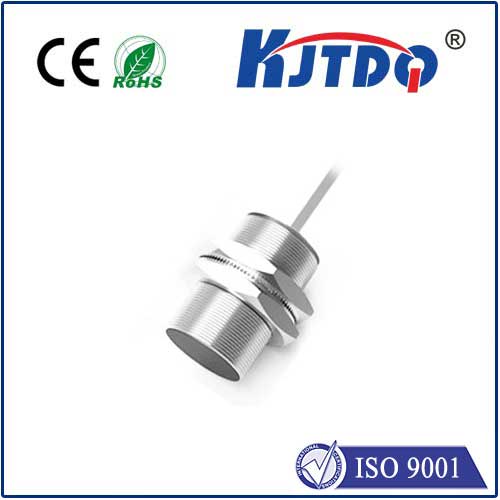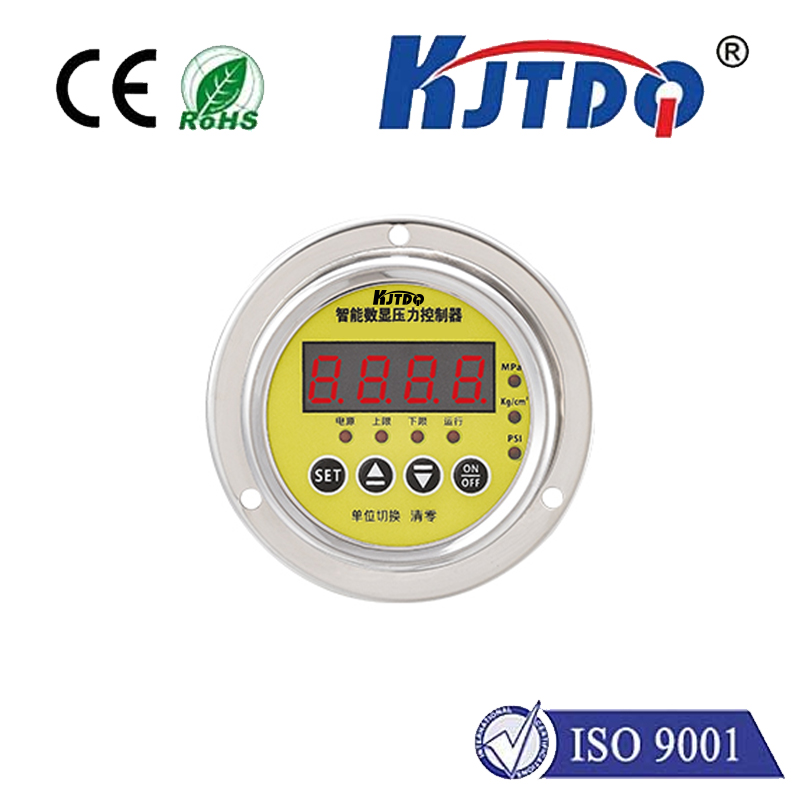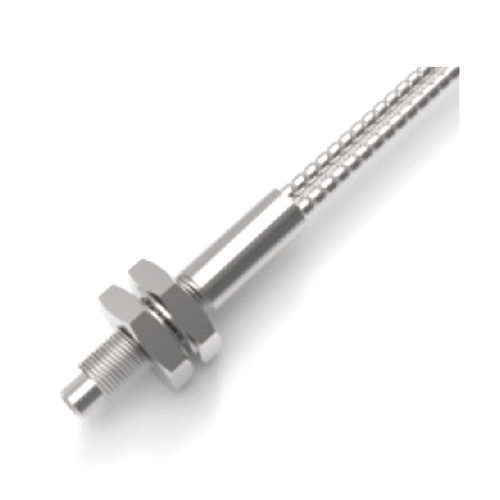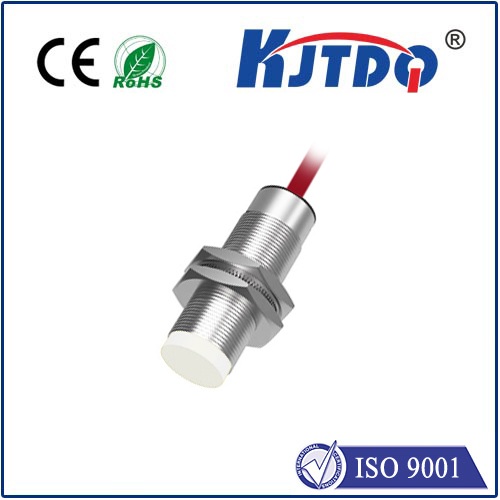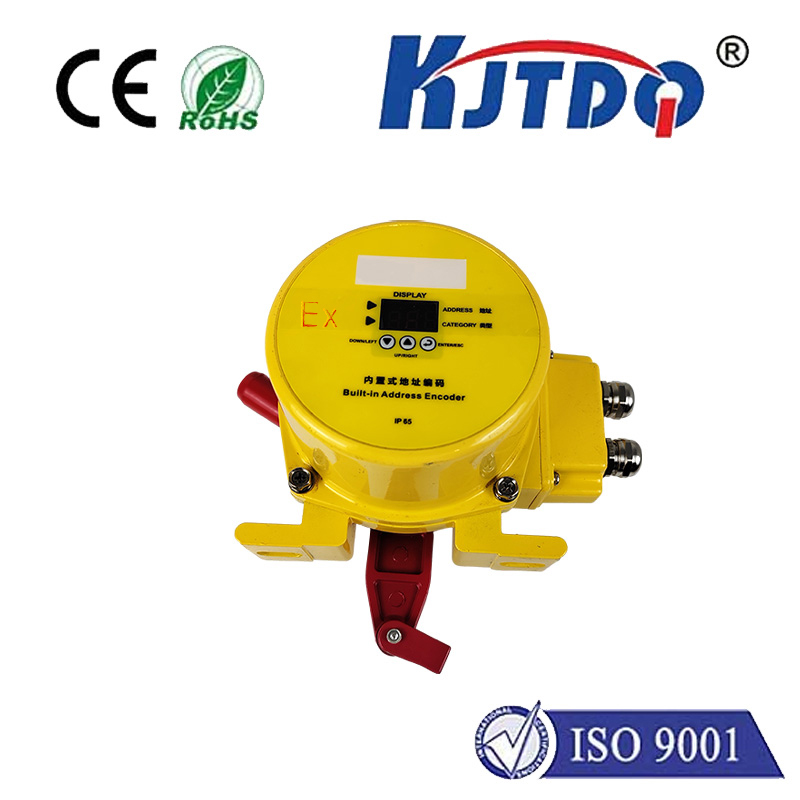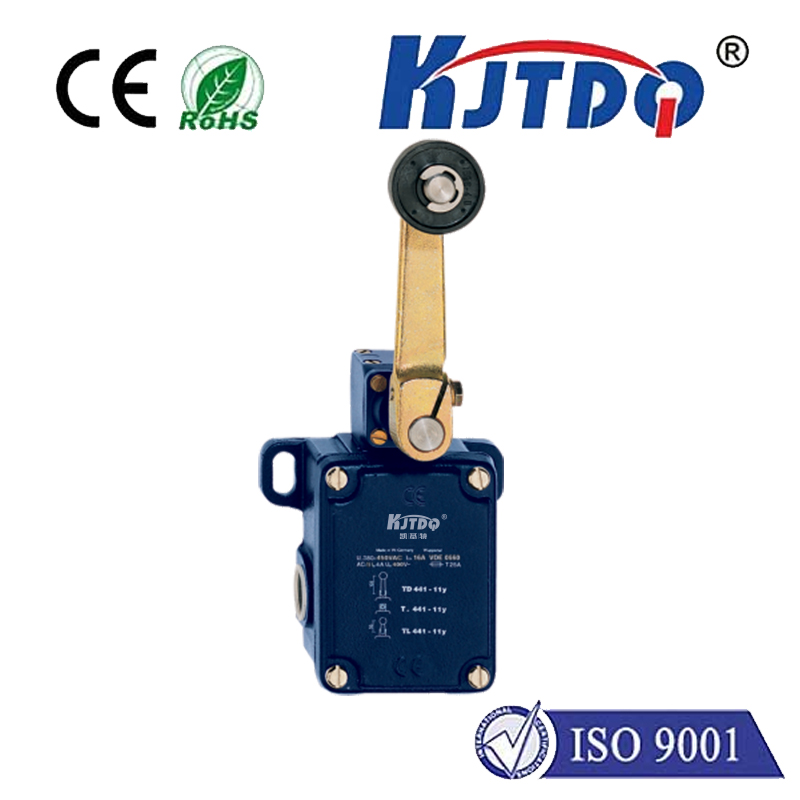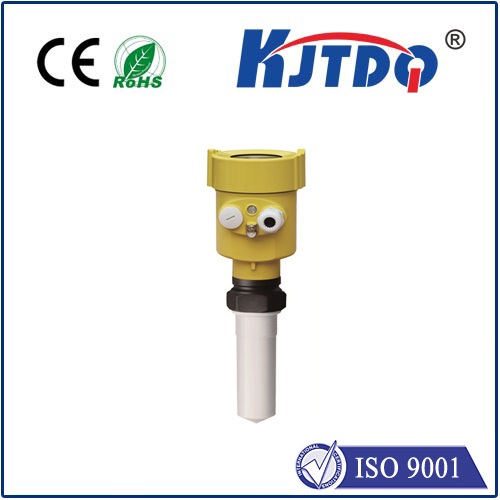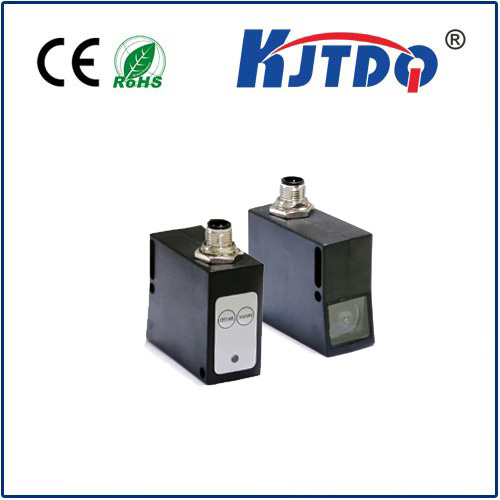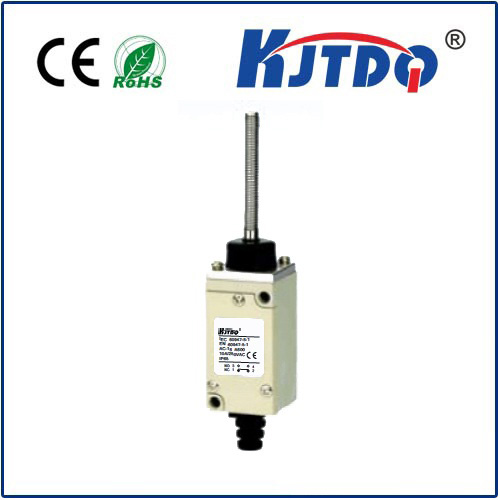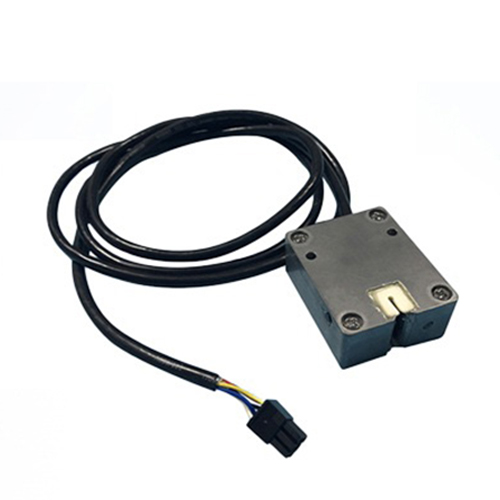body temperature detector
- time:2025-08-25 02:54:04
- Нажмите:0
Body Temperature Detectors: Your Essential Guide to Accurate & Efficient Fever Screening
Remember those moments walking into a store or airport, pausing for a quick forehead scan? That ubiquitous act underscores the profound impact of body temperature detectors. Once primarily confined to clinical settings, these devices have surged into our daily lives, becoming frontline sentinels in health monitoring and public safety. But what exactly powers these tools, and how do you choose the right one? This guide delves into the technology, applications, and critical considerations surrounding modern body temperature detection.
Beyond the Mercury: The Rise of Digital Detection
Gone are the days of relying solely on mercury thermometers tucked under the tongue. Today’s body temperature detectors leverage sophisticated digital technology, prioritizing speed, convenience, and often, hygiene. The core principle remains measuring the heat radiating from the body, but the methods have evolved dramatically.
The most common types include:
- Infrared Thermometers (IRT): Often handheld, these are the familiar “point-and-shoot” devices targeting the forehead (temporal artery) or ear (tympanic membrane). They work by capturing infrared energy emitted by the skin or eardrum and converting it into a temperature reading. Key advantages are non-contact operation (reducing cross-contamination risk) and speed (results in seconds). Accuracy can be influenced by distance, environmental temperature, and user technique.
- Thermal Imaging Cameras: These systems use specialized infrared sensors to create a visual heat map. When deployed for fever screening, they can scan multiple individuals simultaneously within a defined area (like entrances or checkpoints). Sophisticated algorithms identify elevated skin temperature (not core body temperature directly) as a potential fever indicator, flagging individuals for secondary screening with a more precise device like a clinical thermometer. This makes them ideal for high-volume screening scenarios.
- Smart Thermometers: Often wearable (patches, rings) or integrated into home hubs/phones, these devices enable continuous temperature monitoring. They connect to apps, providing trends, alerts for fever spikes, and data logging. While incredibly convenient for tracking health over time, especially in children, their absolute accuracy for instant fever detection might sometimes be slightly less than dedicated medical IR thermometers under specific conditions.
Where Precision Meets Purpose: Key Applications

The utility of body temperature detectors spans diverse environments:
- Healthcare Facilities: Hospitals, clinics, and pharmacies rely heavily on clinical-grade temporal or tympanic infrared thermometers for rapid patient assessment. Thermal cameras might screen entrants in emergency departments or large clinics.
- Workplaces & Public Venues: Offices, factories, schools, airports, stadiums, and retail stores utilize both handheld IRTs and thermal scanning systems for mass fever screening, acting as an initial public health safeguard.
- Travel & Hospitality: Airports, train stations, and hotels often implement thermal cameras at key entry points to identify potentially ill travelers.
- Home Health Monitoring: With the rise of consumer health tech, personal infrared thermometers and smart wearable sensors empower individuals and families to proactively monitor for fevers, track recovery, and share data with healthcare providers.
- Industrial Settings: While focused on machinery, industrial thermal imaging principles overlap with human detection technology, emphasizing the core capability of measuring infrared radiation.
Selecting the Right Detector: Accuracy is Paramount
Choosing the best body temperature detector hinges on its intended use. Here’s what matters most:
- Accuracy & Precision: This is non-negotiable, especially in medical contexts. Always check the specified accuracy range (e.g., ±0.2°C or ±0.3°F) and ensure the device meets relevant standards (like FDA clearance in the US or CE marking in Europe). Clinical settings demand medical-grade thermometers.
- Measurement Site: Forehead (temporal), ear (tympanic), or oral/rectal (more traditional contact methods)? Consider ease of use, hygiene, and suitability for the population (e.g., temporal thermometers are often preferred for infants).
- Contact vs. Non-Contact: The hygiene benefits and speed of non-contact infrared thermometers are significant advantages in public settings or for minimizing transmission risk. Contact thermometers (like some ear or oral devices) might offer slightly higher potential accuracy under perfect conditions but require cleaning between uses.
- Speed: How fast do you need the reading? IRTs provide results in seconds, crucial for screening queues.
- Характеристики: Consider data memory, backlit displays, fever alarms, connectivity (Bluetooth/apps for smart devices), and ease of calibration.
- Environment: Standard IRTs work indoors; some industrial-grade thermal imagers handle harsher environments, but most human fever screening systems are designed for controlled indoor temperatures. Ambient temperature fluctuations can significantly impact the readings of many devices, especially non-contact IRTs, if not properly compensated for by the device’s internal algorithms.
Understanding the Limits: Crucial Considerations
While indispensable, body temperature detectors, particularly non-contact IRTs and thermal cameras, have important nuances:
- Skin Temperature vs. Core Temperature: They measure surface temperature, which is an indicator of core body temperature. Factors like sweating, drafts, recent activity, or wearing a hat can temporarily alter skin temperature, potentially leading to false negatives (undetected fever) or false positives (elevated reading without actual fever). They screen for elevated skin temperature, not definitively diagnose fever.
- Calibration & Technique: Maintaining device calibration according to the manufacturer’s instructions is essential. Operator technique (correct distance, positioning, scanning motion for temporal readings) also significantly impacts accuracy.
- Not a Diagnostic Tool: A temperature reading is just one vital sign. Elevated readings should always be followed up. Secondary verification using a clinical thermometer and assessment of other symptoms is vital before concluding someone has a fever or illness. They are screening tools, not diagnostic instruments.
- Privacy: Widespread deployment of thermal imaging, especially, raises valid privacy concerns that need addressing through clear policies and ethical deployment.
The Smart Future: Beyond Simple Readings
The evolution of body temperature detection is intertwined with broader digital health trends. We’re seeing:
- Integration with AI: Advanced thermal cameras use artificial intelligence to improve accuracy by accounting for environmental factors and identifying faces within a crowd more reliably.
- Seamless Health Ecosystems: Smart thermometers sync data seamlessly with health apps and electronic medical records, providing richer health insights over time and enabling remote patient monitoring.
- Miniaturization & Wearables: Development continues towards smaller, less obtrusive, and even continuous monitoring wearables that integrate temperature with other vital signs like heart rate.
Embracing Informed Vigilance
Body temperature detectors represent a powerful fusion of physics, engineering, and healthcare necessity. From the humble handheld infrared thermometer to sophisticated thermal scanning gateways, they offer invaluable tools for initial health screening and personal monitoring. Understanding their capabilities, optimal applications, and inherent limitations – particularly the difference between skin temperature screening and core body temperature diagnosis – is key to leveraging them effectively and responsibly. Whether safeguarding public health, streamlining clinical workflows, or empowering individuals at home, these devices, when selected wisely and used correctly, are fundamental components in our modern health monitoring toolkit. Choose based on accuracy, understand their function and limits,

